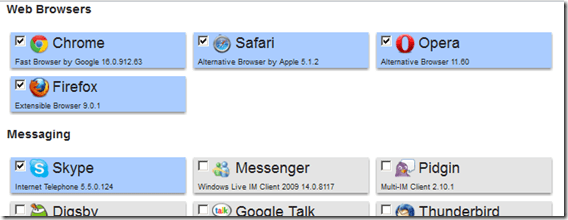If you’re getting a “403” HTTP error when attempting to receive an image sent to your Skype bot, and the previous use of message.ServiceUrl to create a ConnectorClient didn’t work, try this more verbose version which explicitly sets the authorization header:
byte[] data;
if (image.ContentUrl != null)
{
using (var connectorClient
= new ConnectorClient(new Uri(message.ServiceUrl)))
{
var token =
await (connectorClient.Credentials as MicrosoftAppCredentials)
.GetTokenAsync();
var uri = new Uri(image.ContentUrl);
using (var httpClient = new HttpClient())
{
if (uri.Host.EndsWith("skype.com")
&& uri.Scheme == Uri.UriSchemeHttps)
{
httpClient
.DefaultRequestHeaders
.Authorization =
new AuthenticationHeaderValue("Bearer", token);
httpClient
.DefaultRequestHeaders
.Accept
.Add(new MediaTypeWithQualityHeaderValue("application/octet-stream"));
}
// Get the image in a byte[] variable
data = await httpClient.GetByteArrayAsync(uri);
}
}
}

